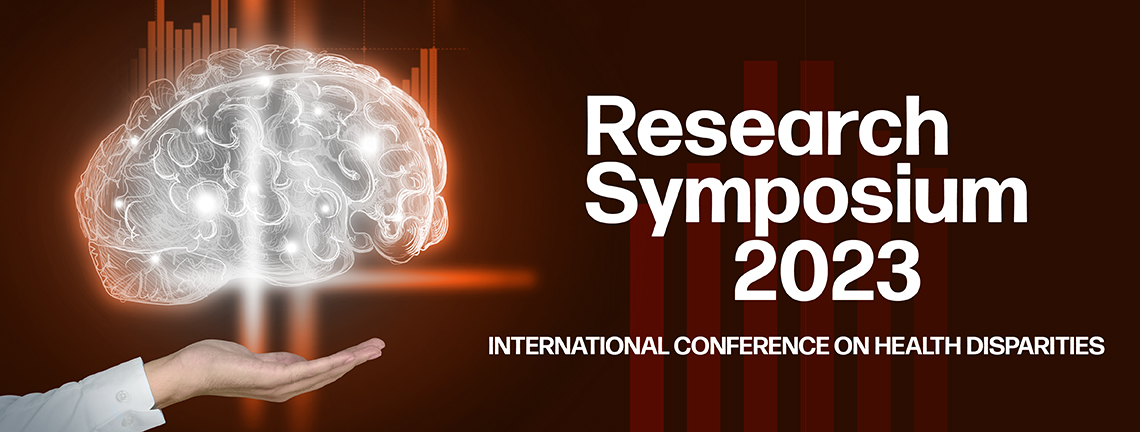
Posters
Presentation Type
Poster
Discipline Track
Patient Care
Abstract Type
Research/Clinical
Abstract
Background: Film and artistic media have the ability to influence societal perception of dermatological conditions. Literature describes how both live-action and animated films tend to depict villainous characters with a disproportionately greater number of skin conditions, thus contributing to the stigma surrounding skin conditions and their association with moral deficiency. However, the majority of literature tends to examine films of cultural, historic, and aesthetic significance in Western canon. This study seeks to include perspectives from East Asian cinema by evaluating dermatological findings of heroes and villains in popular anime films and assessing whether an increased number of skin conditions is associated with villainous characterization. The examination of film which holds particular influence within the Asian American and Pacific Islander (AAPI) community expounds upon the cultural and demographic implications of existing literature. It may also elucidate the role of film as a potential source of unconscious bias in patient-provider interactions.
Methods: The complete filmography of Studio Ghibli, a Japanese anime studio with popular renown and significant viewership within the AAPI community, was evaluated. A villain and hero were determined from each film, and dermatological characteristics were evaluated accordingly. A number of the films did not have a clear villain for various reasons (for example, several films centered on internal conflict rather than a personified villain). Thus, only heroes were evaluated in these cases. If a film featured multiple heroes or an ensemble cast of heroes, a representative hero was selected for the group. Villains and heroes depicted as animals were excluded from analysis. Fisher’s exact test was used to determine whether there was a significant difference in the number of dermatological findings between villains (n=14) and heroes (n=21).
Results: Statistical analysis revealed a significant difference in the overall number of dermatological findings for villains compared to heroes (p=0.0007). Villains had a higher prevalence of suborbital bags, lateral canthal lines, periorbital hyperpigmentation, hematoma, nasolabial folds, androgenetic alopecia, rhytides, mole, rhinophyma, buccula, and verruca vulgaris compared to heroes. Heroes had a higher prevalence of transient bruising, transient skin abrasion, erythema, hyperpigmented mark, scar, cutaneous blisters, and freckles compared to villains. Prevalence of lateral canthal lines and nasolabial folds was significantly higher in villains (p=0.0099 and p=0.0153, respectively).
Conclusions: The results support an association between villainous characterization and dermatological findings in popular anime films. These findings may contribute to the stigmatization of skin disorders, particularly within the AAPI community. The association of skin conditions with moral deficiency may also lead providers to unconsciously negatively evaluate a patient. It is unknown to what extent this bias negatively impacts patient care on a population level. Further studies are needed to investigate implicit bias in patient-provider interactions with particular focus on dermatological conditions on patient presentation.
Recommended Citation
Guzman, Patricia, "Skin Conditions and Villainous Depictions in Anime Films: Exploring Unconscious Bias in Patient-Provider Interactions" (2024). Research Symposium. 120.
https://scholarworks.utrgv.edu/somrs/2023/posters/120
Included in
Skin Conditions and Villainous Depictions in Anime Films: Exploring Unconscious Bias in Patient-Provider Interactions
Background: Film and artistic media have the ability to influence societal perception of dermatological conditions. Literature describes how both live-action and animated films tend to depict villainous characters with a disproportionately greater number of skin conditions, thus contributing to the stigma surrounding skin conditions and their association with moral deficiency. However, the majority of literature tends to examine films of cultural, historic, and aesthetic significance in Western canon. This study seeks to include perspectives from East Asian cinema by evaluating dermatological findings of heroes and villains in popular anime films and assessing whether an increased number of skin conditions is associated with villainous characterization. The examination of film which holds particular influence within the Asian American and Pacific Islander (AAPI) community expounds upon the cultural and demographic implications of existing literature. It may also elucidate the role of film as a potential source of unconscious bias in patient-provider interactions.
Methods: The complete filmography of Studio Ghibli, a Japanese anime studio with popular renown and significant viewership within the AAPI community, was evaluated. A villain and hero were determined from each film, and dermatological characteristics were evaluated accordingly. A number of the films did not have a clear villain for various reasons (for example, several films centered on internal conflict rather than a personified villain). Thus, only heroes were evaluated in these cases. If a film featured multiple heroes or an ensemble cast of heroes, a representative hero was selected for the group. Villains and heroes depicted as animals were excluded from analysis. Fisher’s exact test was used to determine whether there was a significant difference in the number of dermatological findings between villains (n=14) and heroes (n=21).
Results: Statistical analysis revealed a significant difference in the overall number of dermatological findings for villains compared to heroes (p=0.0007). Villains had a higher prevalence of suborbital bags, lateral canthal lines, periorbital hyperpigmentation, hematoma, nasolabial folds, androgenetic alopecia, rhytides, mole, rhinophyma, buccula, and verruca vulgaris compared to heroes. Heroes had a higher prevalence of transient bruising, transient skin abrasion, erythema, hyperpigmented mark, scar, cutaneous blisters, and freckles compared to villains. Prevalence of lateral canthal lines and nasolabial folds was significantly higher in villains (p=0.0099 and p=0.0153, respectively).
Conclusions: The results support an association between villainous characterization and dermatological findings in popular anime films. These findings may contribute to the stigmatization of skin disorders, particularly within the AAPI community. The association of skin conditions with moral deficiency may also lead providers to unconsciously negatively evaluate a patient. It is unknown to what extent this bias negatively impacts patient care on a population level. Further studies are needed to investigate implicit bias in patient-provider interactions with particular focus on dermatological conditions on patient presentation.

